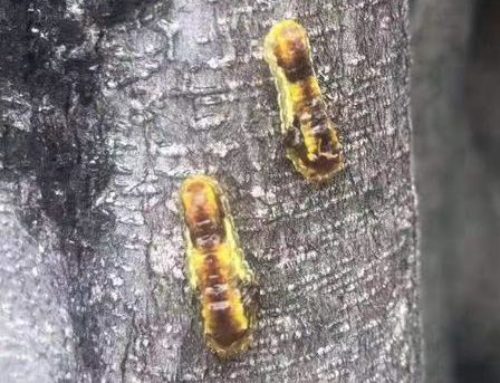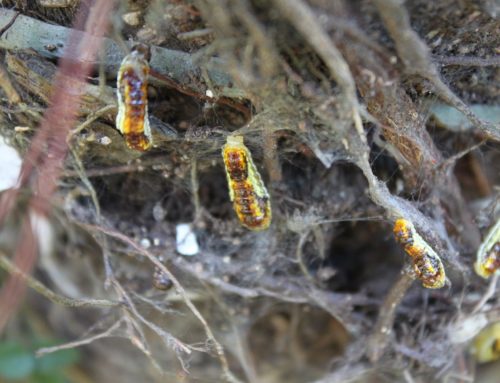Have you ever wondered how trees survive when they lose their leaves? It turns out, the secret lies beneath the bark, in the form of stored carbon. A groundbreaking study has revealed that trees can withstand defoliation, the process of losing leaves, as long as they have a sufficient amount of this stored carbon. But when the carbon storage falls below a certain level, the trees are at risk of dying.
The research, which involved a combination of field observations, experiments, and modeling, discovered that the amount of carbon a tree has stored is a key factor in its ability to bounce back after losing its leaves. This stored carbon acts as a vital energy source, helping the tree to regrow its leaves and recover from the loss.
This fascinating discovery was consistent across a variety of tree species, indicating that it’s a universal survival strategy in the tree world. But why is this important to us?
Understanding this relationship between stored carbon and tree survival has significant implications for how we manage our forests. In the face of climate change, defoliation events are becoming more frequent. Knowing that a tree’s survival hinges on its carbon storage could help us make informed decisions about forest conservation and climate change mitigation.
However, the study also highlights the need for further research. We still need to understand the specific mechanisms through which stored carbon influences tree survival. Identifying the critical threshold of stored carbon for different tree species is also crucial.
In a world where trees are our allies in the fight against climate change, this research underscores the importance of understanding and preserving our leafy friends. After all, their survival could very well determine our own.
This has a direct relation to Hong Kong’s current insect problem. Ficus trees account for approximately 10% of its +7 million trees. This insect has 4 active feeding cycles within 1 year which can mean up to four defoliation (leaf loss) events for a tree, assuming the tree is able to produce leaves after each event. The infestation of Ficus trees by the Phauda flammans lepidoptera is a critical problem and must be addressed.
Read the full research paper here: Research 2021 – Defoliated trees die below a critical threshold of stored carbon.pdf


